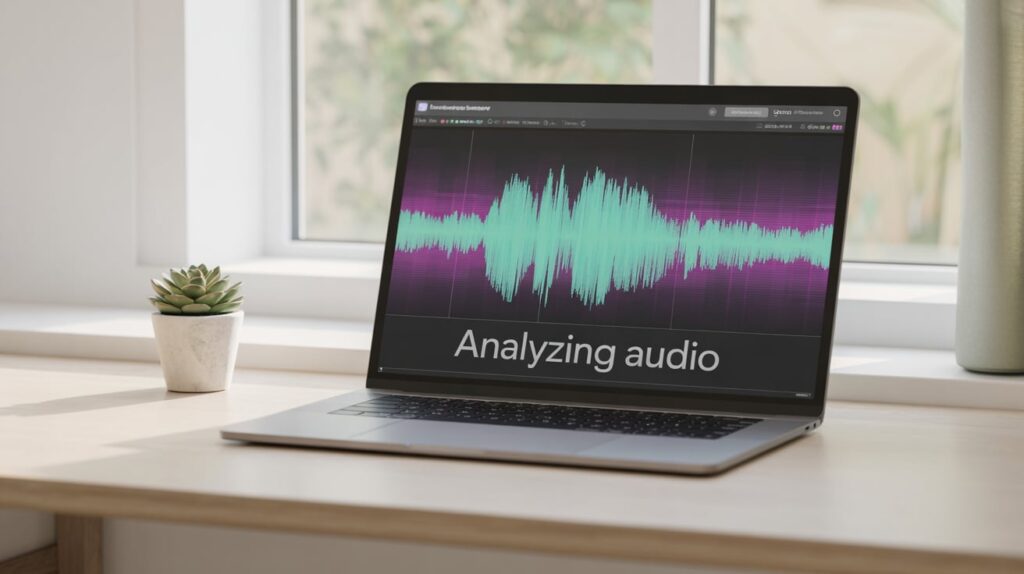Are you looking for a flexible, work-from-home opportunity that pays well? Transcription jobs might be the perfect fit for you. Many people are earning between $1000 and $3000 per month by simply listening to audio recordings and converting them into written text. In this blog, we’ll explain what transcription jobs are, how much you can earn, and how to get started — even if you’re a complete beginner.
What Are Transcription Jobs?
Transcription is the process of converting spoken words from audio or video files into written text. Companies, podcasters, doctors, legal professionals, and media outlets often require transcription services to keep accurate records or publish content.
There are three main types of transcription jobs:
- General Transcription: Interviews, podcasts, meetings, and videos.
- Medical Transcription: Converting doctors’ notes and medical records.
- Legal Transcription: Court hearings, depositions, and legal dictations.
How Much Can You Earn as a Transcriptionist?
Your earnings depend on your speed, accuracy, experience, and the company you work for. Here’s a quick breakdown:
| Type of Transcription | Beginner Rate | Experienced Rate |
|---|---|---|
| General | $0.30–$1.00 per audio minute | $1.00–$2.00+ per audio minute |
| Medical | $0.70–$1.50 per audio minute | $1.50–$3.00+ per audio minute |
| Legal | $0.80–$2.00 per audio minute | $2.00–$3.50+ per audio minute |
On average, transcriptionists make $1000–$3000 per month working part-time or full-time depending on their workload and clients.
Top Transcription Websites to Get Started
Here are some legitimate transcription platforms where you can apply today:
- Rev – Popular for beginners, offers weekly payments via PayPal.
- GoTranscript – Pays up to $0.60 per audio minute.
- TranscribeMe – Flexible work schedule and pays around $15–$22 per audio hour.
- Scribie – Pays $5–$25 per audio hour.
- Speechpad – General and specialized transcription jobs available.
Skills You Need for Transcription Jobs
You don’t need a degree to get started, but you will need:
- Good listening skills
- Typing speed of at least 40-60 words per minute
- Excellent grammar and punctuation
- Attention to detail
- Familiarity with transcription tools (optional but helpful)
Free practice resources like TypingTest.com and transcription style guides from these platforms can help you improve.
Tools to Boost Your Transcription Career
Investing in a few basic tools can enhance your productivity:
- Noise-canceling headphones
- Foot pedal (for professional transcriptionists)
- Transcription software like Express Scribe (available in free and paid versions)
How to Start Earning $1000–$3000 a Month
- Practice transcription using free online audio samples.
- Apply to multiple transcription websites.
- Start with general transcription to gain experience.
- Take online transcription certification courses (optional but helpful for higher pay).
- Build your reputation and take on higher-paying projects as you improve.
Final Thoughts: Is Transcription a Reliable Income Source?
Absolutely. If you’re consistent, detail-oriented, and willing to improve your skills, you can turn transcription into a steady income stream of $1000–$3000 per month. It’s perfect for freelancers, stay-at-home parents, students, and anyone looking for a flexible online job or side hustle.
Now is a great time to get started and unlock your earning potential with transcription jobs.
Frequently Asked Questions About Transcription Jobs
Do I need previous experience to start transcription jobs?
No, many platforms hire beginners. However, having good typing and listening skills will give you an advantage.
How do transcriptionists get paid?
Most companies pay via PayPal, Payoneer, or direct bank transfers on a weekly or bi-weekly basis.
Can I do transcription work from my smartphone?
While possible for basic tasks, it’s recommended to use a computer for better efficiency and access to transcription tools.

